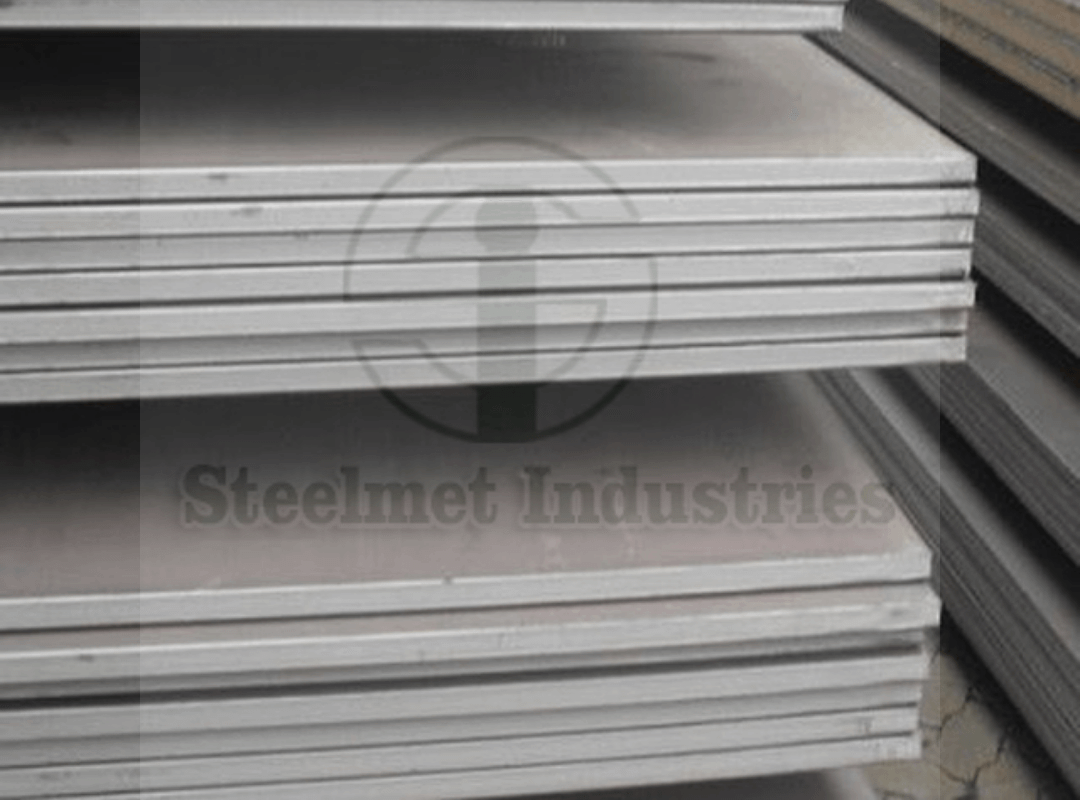Steel is a cornerstone of industrial manufacturing, but not all steel is created equal. Today, we’ll explore the key differences between Mild Steel, IS2062 E250, and SAE 1018, helping you make informed decisions for your projects. At Steelmet Industries, we prioritize quality and material precision, and understanding these differences is crucial for selecting the right steel for your needs.
Mild Steel: A General Overview
Mild Steel is often synonymous with low-carbon steel, containing about 0.05-0.25% carbon by weight. Its key properties include:
- Ductility: Mild Steel is known for being highly ductile, allowing it to be easily formed and welded.
- Low Tensile Strength: It has a tensile strength of around 400-550 MPa, making it less suitable for high-stress applications but excellent for general structural and fabrication work.
- Cost-Effective: As one of the most affordable steels available, it is widely used in construction and industrial applications where high strength is not critical.
Applications: Construction frames, general engineering, and lightweight structures.
IS2062 E250: An Indian Standard for Structural Steel
IS2062 E250 is a steel grade defined by the Indian standard, primarily used for structural applications. Key aspects include:
- Chemical Composition: IS2062 E250 contains carbon (0.23% max), manganese (1.50% max), phosphorus (0.045% max), and sulfur (0.045% max). The precise chemical control results in better weldability and formability compared to generic Mild Steel.
- Tensile Strength: It boasts a higher tensile strength, generally ranging from 410 to 490 MPa, with a minimum yield strength of 250 MPa, making it ideal for load-bearing structures.
- Enhanced Durability: IS2062 E250 steel is more resistant to environmental factors, providing a longer service life in construction and industrial uses.
Applications: Bridges, industrial structures, and heavy machinery.
SAE 1018: The Precision Steel
SAE 1018 is a low-carbon steel primarily used for applications where high precision and tight tolerances are required. Key features include:
- Chemical Composition: It contains carbon (0.15-0.20%), manganese (0.60-0.90%), phosphorus (0.040% max), and sulfur (0.050% max). This precise composition offers better mechanical properties than Mild Steel.
- Higher Strength and Toughness: With a tensile strength of around 440-550 MPa and yield strength of 370 MPa, SAE 1018 is stronger than Mild Steel but slightly comparable to IS2062 E250.
- Superior Machinability: Thanks to its balanced chemical composition, SAE 1018 is easier to machine and shape, making it ideal for high-precision applications in the automotive, engineering, and machining industries.
- Cold Drawn Process: SAE 1018 is often cold drawn, enhancing its surface finish and mechanical properties, like higher tensile strength and improved dimensional accuracy.
Applications: Shafts, gears, pins, and other machine parts requiring precise dimensions.
Choosing the Right Steel for Your Application
- For General Construction: Mild Steel or IS2062 E250 is often the most cost-effective solution, but IS2062 E250 offers better strength and durability.
- For Precision Engineering: SAE 1018 is the clear choice for applications that demand exact dimensions and superior machinability.
At Steelmet Industries, we provide all three types of steel, tailored to meet the diverse needs of our clients. Our expertise ensures that you get the right material, minimizing waste and enhancing performance in your projects. Visit us at Steelmet Industries to explore our offerings.
